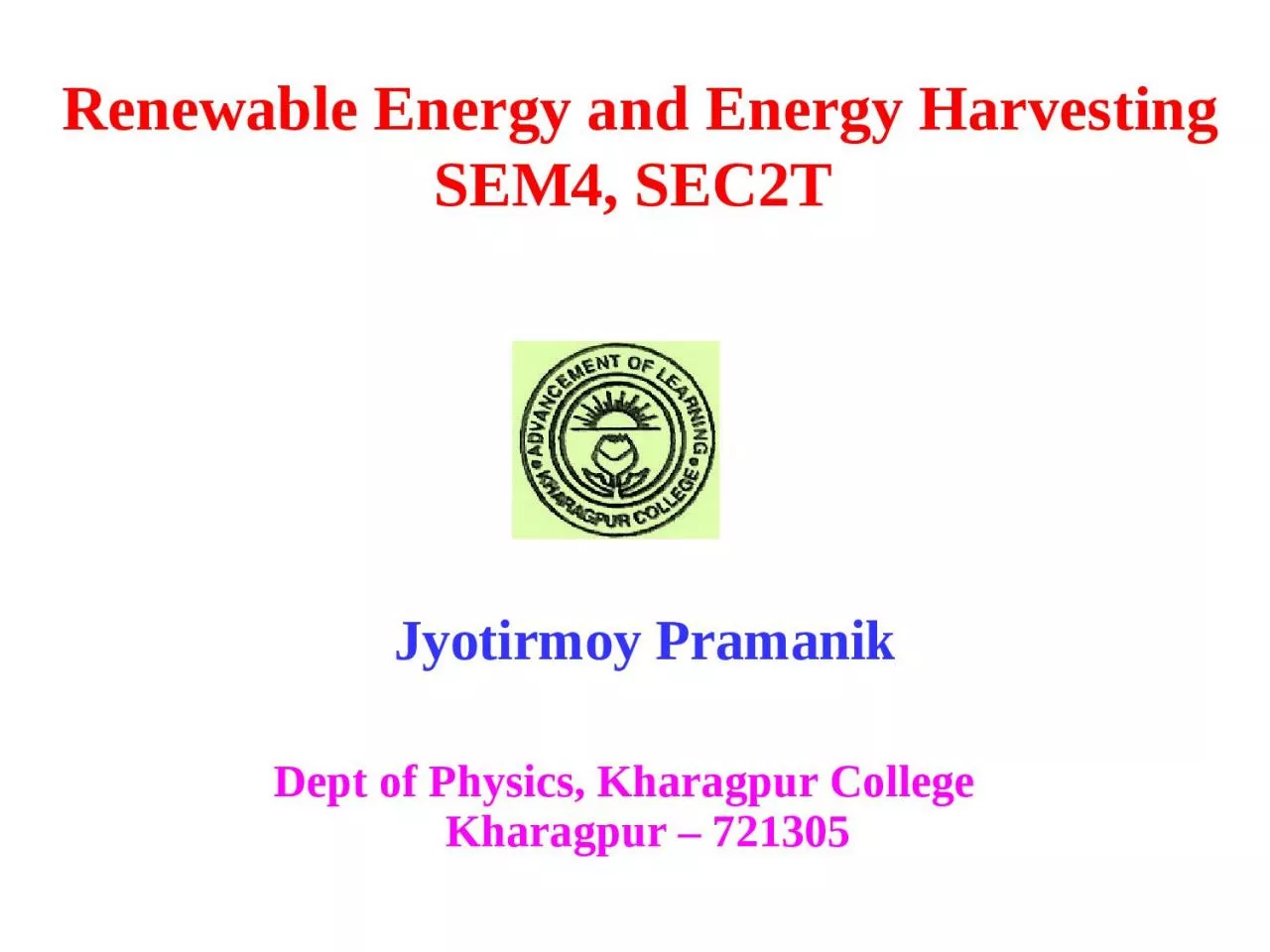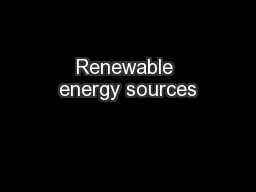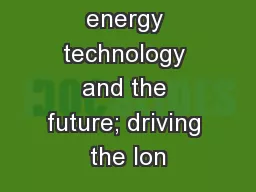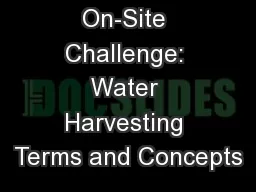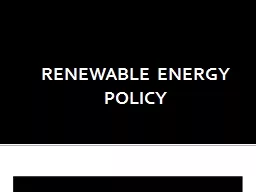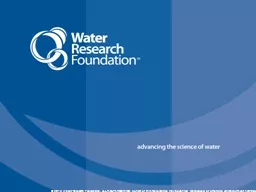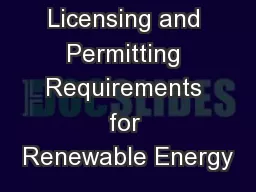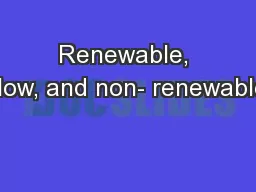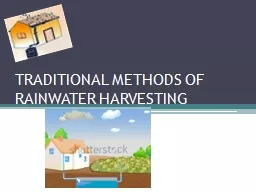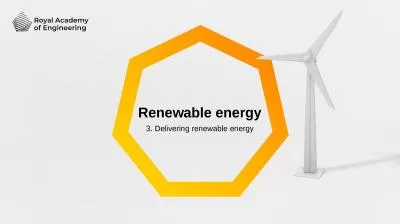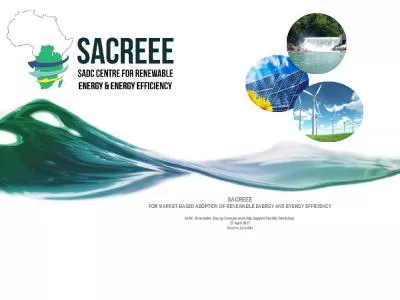PPT-Renewable Energy and Energy Harvesting
Author : luna | Published Date : 2022-06-18
SEM4 SEC2T Jyotirmoy Pramanik Dept of Physics Kharagpur College Kharagpur 721305 Contents Introduction to Renewable Energy Sources All India Generating Installed
Presentation Embed Code
Download Presentation
Download Presentation The PPT/PDF document "Renewable Energy and Energy Harvesting" is the property of its rightful owner. Permission is granted to download and print the materials on this website for personal, non-commercial use only, and to display it on your personal computer provided you do not modify the materials and that you retain all copyright notices contained in the materials. By downloading content from our website, you accept the terms of this agreement.
Renewable Energy and Energy Harvesting: Transcript
Download Rules Of Document
"Renewable Energy and Energy Harvesting"The content belongs to its owner. You may download and print it for personal use, without modification, and keep all copyright notices. By downloading, you agree to these terms.
Related Documents

